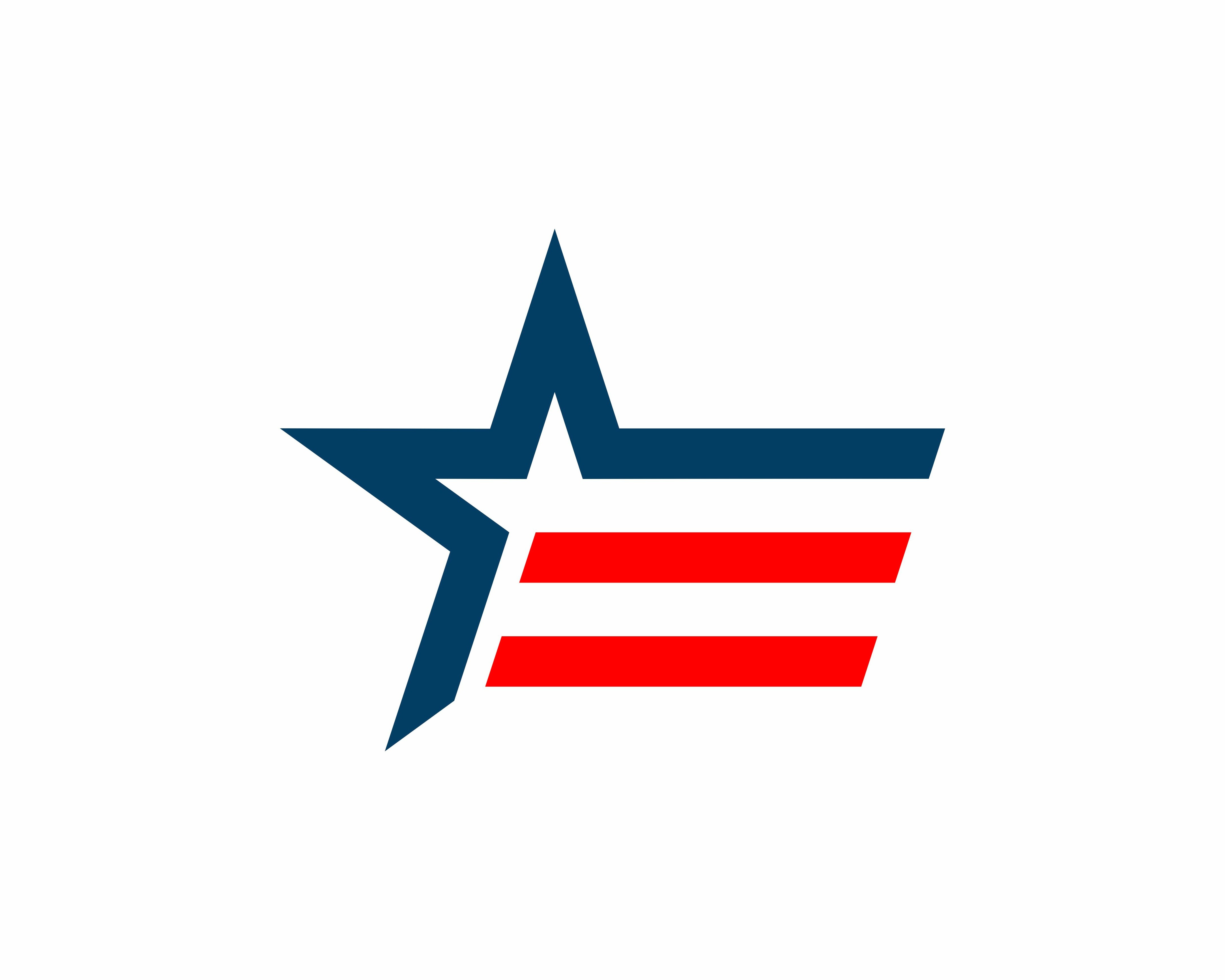
Leveraging Employee Benefits for Tax Efficiency: A Business Perspective
Leveraging Employee Benefits for Tax Efficiency: A Business Perspective
In the dynamic landscape of modern business, the quest to attract and retain top talent while optimizing financial performance is paramount. One strategic avenue that businesses can explore is leveraging employee benefits to enhance tax efficiency. By thoughtfully implementing and managing employee perks, companies can not only reduce their tax liabilities and address tax implications but also cultivate a more satisfied and engaged workforce.
Key Insights for Strategic Benefit Planning
- Strategic Benefit Planning: Implementing tax-efficient employee perks can significantly reduce a company’s taxable income, creating a win-win scenario for both employer and employee.
- Compliance is Crucial: Adhering to Internal Revenue Service (IRS) guidelines ensures that benefits remain tax-advantaged, safeguarding against potential penalties.
- Employee Engagement: Offering desirable benefits can enhance employee satisfaction and retention, contributing to a more motivated and loyal team.
Understanding Tax-Efficient Employee Benefits
Employee benefits, often referred to as fringe benefits, encompass a wide array of non-wage compensation provided to employees, including educational assistance. When structured correctly, certain benefits can be excluded from employees’ gross income, leading to payroll tax savings for both parties. The IRS outlines specific criteria and limits for these exclusions, which are updated annually to reflect inflation and policy changes.
Health and Welfare Benefits
Health Insurance
Employer contributions toward employee health insurance premiums are generally tax-deductible for the business and excluded from the employee’s taxable income. This arrangement provides a dual tax advantage, reducing the employer’s taxable income while offering tax-free benefits to employees. Additionally, small businesses may qualify for the Small Business Health Care Tax Credit if they meet specific criteria, such as having fewer than 25 full-time equivalent employees and paying average wages below a specified threshold.
Health Savings Accounts (HSAs)
Employers can contribute to employees’ Health Savings Accounts (HSAs), with contributions being tax-deductible for the employer and excluded from the employee’s income, provided the employee is enrolled in a high-deductible health plan (HDHP). For 2025, contributions must comply with IRS limits and non-discrimination rules to ensure fairness.
Retirement Plans
401(k) Plans
Employer contributions to 401(k) plans are tax-deductible, and employee contributions are made on a pre-tax basis, reducing taxable income. For 2025, the contribution limit for employees is $23,500, with an additional catch-up contribution of $7,500 for those aged 50 and over. Employees aged 60 to 63 can make a “super catch-up” contribution of up to $11,250, allowing a total contribution of $34,750. Matching contributions enhance participation and provide further tax deductions.
Simplified Employee Pension (SEP) Plans
SEP plans allow employers to contribute up to 25% of an employee’s compensation, with a maximum limit of $70,000 for 2025. These contributions are tax-deductible for the employer and excluded from the employee’s gross income until withdrawal. SEP plans are ideal for small businesses due to their simplicity and tax advantages.
Education Assistance Programs
Tuition Reimbursement
Employers can provide up to $5,250 per year in tax-free educational assistance to employees under Section 127 of the Internal Revenue Code. This benefit covers tuition, fees, books, and supplies and is tax-deductible for the employer.
Student Loan Repayment Assistance
Employers can contribute up to $5,250 annually toward an employee’s student loan repayment through 2025 without it being considered taxable income for the employee. This benefit, extended by the CARES Act, is an effective tool for attracting younger talent.
Transportation and Commuter Benefits
Qualified Transportation Fringe Benefits
Employers can offer tax-free commuter benefits such as transit passes, parking fees, and vanpooling costs. The 2025 monthly exclusion limit for qualified transportation and parking benefits is $300.
Bicycle Commuter Benefits
Employers can reimburse employees for up to $20 per month for bicycle commuting expenses, supporting eco-friendly initiatives while offering tax advantages.
Dependent Care Assistance
Dependent Care Flexible Spending Accounts (FSAs)
Employers can allow employees to contribute up to $5,000 annually to dependent care FSAs on a pre-tax basis. This reduces taxable income for employees and provides payroll tax savings for employers. Businesses can also offer direct subsidies for dependent care, which are tax-deductible.
Workplace Wellness Programs
Wellness Incentives
Wellness programs, including gym memberships, health screenings, or fitness challenges, can be tax-deductible as a business expense when structured to meet IRS guidelines.
Navigating Compliance and Reporting
Implementing tax-efficient employee benefits is not only a financial opportunity but also a responsibility. Ensuring compliance with IRS regulations is critical to avoid potential penalties, maintain the tax-advantaged status of benefits, and protect the business’s reputation. Below are key steps businesses should follow to navigate the compliance landscape effectively:
1. Stay Updated on IRS Guidelines
The IRS regularly updates rules, contribution limits, and eligibility criteria for tax-advantaged benefits. For instance, limits for 401(k) contributions, HSAs, and transportation perks are adjusted annually for inflation. Employers should monitor IRS announcements, publications, and updates (e.g., IRS Publication 15-B, Employer’s Tax Guide to Fringe Benefits) to remain compliant. Partnering with a tax professional or HR consultant can help ensure no critical updates are missed.
2. Maintain Comprehensive Documentation
Proper documentation is essential for demonstrating compliance with IRS requirements. Employers should keep detailed records of all benefit-related activities, including:
- Plan documents and summaries
- Employee enrollment forms and elections
- Contribution records for retirement accounts, HSAs, and FSAs
- Written policies for education assistance and wellness programs
These records are crucial during audits or in the event of a dispute over tax-deductible benefits.
3. Conduct Non-Discrimination Testing
To retain the tax-advantaged status of certain benefits (such as 401(k) plans and HSAs), employers must ensure that they do not disproportionately favor highly compensated employees (HCEs). Non-discrimination testing, required annually for many benefit programs, ensures that all eligible employees have equitable access to the benefit. Failure to comply with these rules can result in penalties and loss of the tax-advantaged status of the benefit plan.
4. Provide Clear Employee Communication
Transparent communication with employees about their benefits ensures accurate reporting and reduces the likelihood of errors. Employers should:
- Clearly outline the tax implications of various benefits (e.g., pre-tax vs. post-tax contributions).
- Provide timely updates on benefit changes, including new limits or eligibility rules.
- Offer accessible resources, such as FAQs or webinars, to help employees understand how to maximize their benefits.
5. Review Payroll and Tax Reporting Systems
Incorrect payroll reporting is a common compliance pitfall. Employers should ensure that their payroll systems accurately account for:
- Pre-tax deductions, such as HSA or 401(k) contributions.
- Fringe benefit exclusions, such as transportation or dependent care assistance.
- Taxable portions of certain benefits, like group-term life insurance over $50,000.
Working with a trusted payroll provider or implementing robust payroll software can help automate compliance and reduce errors.
6. Conduct Regular Audits
Periodic audits of your benefit programs can identify gaps in compliance and opportunities for improvement. This includes reviewing:
- Eligibility requirements and enrollment practices
- Contribution limits and funding accuracy
- Documentation completeness and accuracy
Audits can also prepare businesses for potential IRS reviews or inquiries.
7. Partner with Professionals
Navigating IRS regulations and optimizing benefits require expertise. Employers can benefit from partnering with:
- Tax advisors: To ensure benefits comply with the latest tax laws and maximize deductions.
- HR consultants: To structure and administer equitable benefit programs.
- Legal advisors: To address any regulatory or compliance-related concerns.
The Consequences of Non-Compliance
Failure to comply with IRS rules can lead to significant repercussions, including:
- Financial Penalties: Fines for improper reporting or exceeding benefit limits.
- Loss of Tax-Advantaged Status: Benefits that fail to meet IRS criteria may become taxable to employees and non-deductible for employers.
- Employee Dissatisfaction: Errors or inconsistencies in benefits administration can erode trust and morale among employees.
The Business Advantage of Tax-Efficient Employee Perks
Incorporating tax-efficient employee perks offers tangible benefits, including:
- Cost Savings: Reduced tax liabilities free up resources for reinvestment in the business.
- Attracting Talent: Competitive benefits packages help recruit top-tier candidates.
- Retention and Productivity: Happy employees are more likely to stay longer and contribute effectively, boosting overall business performance.
Frequently Asked Questions (FAQs)
Are all employee benefits tax-deductible for employers?
Not all benefits are tax-deductible. Only those that meet IRS guidelines and criteria, such as qualified health insurance premiums, retirement plan contributions, and education assistance, are deductible.
How can I ensure compliance with IRS regulations for employee benefits?
Stay updated with IRS guidelines, maintain thorough documentation, and consult a tax advisor to review your benefit plans regularly.
Can small businesses afford to offer tax-efficient benefits?
Yes, many tax-efficient benefits, such as SEP plans, HSAs, and transportation perks, are cost-effective and scalable for small businesses. They also provide significant tax savings that can offset their costs.
Embracing the Future with Tax-Efficient Strategies
Leveraging tax-efficient employee benefits isn’t just a compliance measure; it’s a strategic move that aligns financial prudence with workforce development. By staying informed of IRS updates and structuring benefits thoughtfully, businesses can achieve substantial tax savings while fostering a motivated, loyal team. This approach not only enhances the company’s bottom line but also builds a workplace culture that values and invests in its people.
Need More Time to Finish your 2024 Tax Return? File a Tax Extension & Delay Tax Day until October 2025.
Get an instant 6-month extension in just 5 minutes, with no IRS explanation needed. The fast, streamlined online process makes filing simple, so you can avoid penalties and get extra time to prepare.
Get Started
